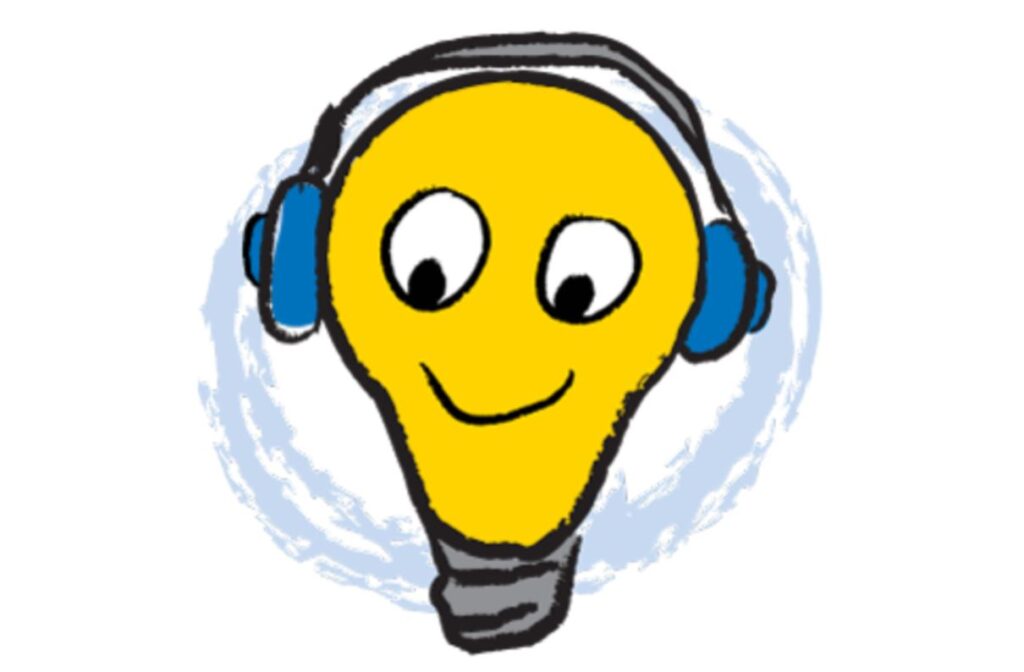
When a student is loved, well nourished, exercises daily and gets appropriate sleep and rest, learning should occur with ease and joy. With over 50 years of teaching experience and consistently observing research, I have come to the conclusion that most students are smart enough, care enough, and will succeed at learning.
I like to think of a tree as the big picture of what we need to understand about learning. The root system feeds the learning tree. The roots represent HOW we learn. The trunk represents basic skills and school curriculum or WHAT we learn. The leaves represent the blooming of an independent life-long learner.
A common mistake made by professionals and parents is that we keep working on the “WHAT,” or required school topics and homework. The foundational skills that support learning success are Listening, Speech, Language and Motor development. Delays in development for these areas should be our first consideration. If professionals are able to diagnose and prescribe intervention programs that target a student’s needs in HOW they learn, teachers and parents will have more successful outcomes that will maximize a student’s learning abilities.
HOW students learn needs to be looked at as a five-step process: Note: I am focusing on auditory skills since they are usually the missing piece for the struggling learner.
1. Auditory Input (hears the message accurately)
2. Perception (can judge if 2 spoken words are same or different)
3. Conceptualization (can compare how two words are same and different)
4. Storage
5. Retrieval
These 5 skills are sequential and represent what educators and diagnosticians refer to as Phonemic Awareness. The getting the message (step 1) is the most often overlooked. It is not hearing alone; it is what a person can do with what is heard. Think about a time when you have had a bad cell phone signal. You were only able to receive bits and pieces of the incoming message. Maybe you could fill in the missing parts but not all people can. Tina’s story tells it best: Tina was eight years old when she was referred to me for a reading evaluation to assess her needs for reading instruction. She came to me with stacks of evaluations and was diagnosed as having dyslexia, and visual processing disorders. I was testing her for placement in the school reading remediation program. Typically, she would look at a word such as uncle and say, “lunch.” Her parents and teachers thought it was a visual problem because she “scrambled the letters.” She was unable to spell and wrote the same way she read words. At the conclusion of my standardized testing, I asked Tina to go back to the Word Identification test and just look at the words she had just attempted to read and tell me the letters “from the front of the word.” She completed 78 words and she never missed a letter. She never omitted a letter. She never changed the order of the letters: e.g. u-n-c- l-e. Then I asked Tina, “What do you think makes spelling and reading hard for you?” She replied without hesitation, “I know what it is. My ears trick me. I can’t tell if what I say, matches what I see.” Tina did not have the basic listening skills needed for her to achieve independence and fluency in reading, spelling and writing.
The national Institute of Child Health and Human Development (NICHD) 2004 states: Dyslexia is not diagnosed or defined as a visual problem or one that necessarily involves reversals, transpositions, and mirror writing. The task of the reader is to break the code, to map symbols to sounds. If the person can’t differentiate subtle differences in sound, they cannot break the code. Unfortunately, most reading program assume the first three steps are present and functional. Programs that heavily stress Phonics and Phonetic rules, are poor choices for students who are identified with auditory processing issues.
The Learning Ears Program was developed by Moyers Learning Systems for challenged students to improve their ability to get the message and learn. When I address the issue of listening training for improved auditory input first, and then proceed to reading, spelling and writing instruction, the results are amazing.





